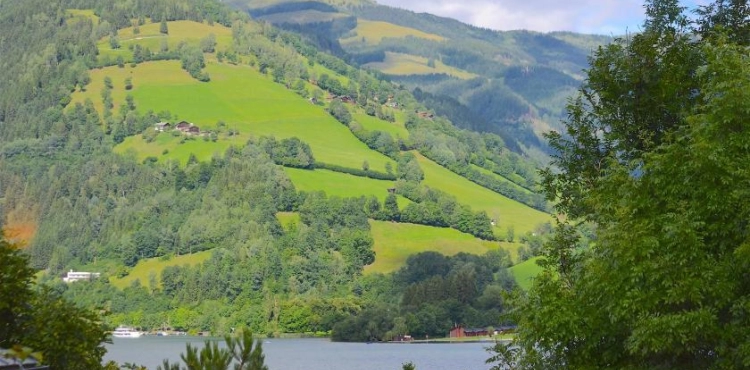In the Tine forest classified in central Ivory Coast, "war" has been declared for reforestation... Deforestation to grow cocoa, of which the country is the largest producer in the world, has reduced the forest area from 16 million hectares in 1960 to two million hectares today, according to environmental experts.
All 234 classified forests in Côte d´Ivoire have been destroyed due to climate change, natural disasters, reduced soil fertility and population migration.
The Tiny classified forest in the Ome region, which covers an area of ​​30,000 hectares, is home to the largest reforestation center of the state company Société de Volubmann de Plantacion Forestier (SODIFORE).
In a forest of mahogany and teak trees, the workday begins with a flag salute and then a road map is conveyed to the uniformed "Water and Forest Soldiers".
After that, dozens of workers are deployed in the forest under the supervision of soldiers to take care of the plants.
Colonel Mathieu Olia of the Water and Forest Soldiers explained, “The reforestation process includes all of Ivory Coast. And here is its center.”
Millions of offshoots are sent from this site each year to areas to be reforested, which is the only alternative to saving “what is left of the Ivory Coast’s forests”, as this specialist explained, referring to a “national problem”.
In a statement to AFP, Ivory Coast´s Minister of Water and Forests, Alain Richard Donohue, warned that "between 2030 and 2035, there will be no forests in Côte d´Ivoire if we do not fight the misuse of our forests."
Therefore, the country has adopted a new forest policy that focuses heavily on the private sector and requires 616 billion CFA francs (about 940 million euros) of investments over ten years in a public-private partnership.
In order to achieve this goal, the authorities launched “Arbor Day” two years ago, a practical phase of this forestry policy aimed at restoring “six million hectares by 2030 or 20 percent of the land and increasing the forest area by three million hectares.”
“In order to make up for the shortfall of three million hectares of forest, about three billion trees need to be planted within 10 years,” Donohue said.
In 2021, the country launched an ambitious reforestation called “50 Million Trees a Day.” "This is not an option, it is a necessity to save Ivory Coast," the minister explained.
He pointed out that "the government alone cannot achieve this, every citizen must become a tree farmer, and everyone will have to participate in reforestation in Ivory Coast because we have destroyed more than 80 percent of our forests."
In 1960, when Côte d´Ivoire gained independence, more than 50 percent of the land was covered with forests, compared to less than 11 percent today.
In May, the government launched Operation 50 Million Trees a Day and called on citizens to participate in reforestation by planting trees. In 2020, it adopted a nationwide satellite monitoring system and created the first "Green Army", a 650-strong brigade dedicated to fighting deforestation.
Extensive deforestation in Côte d´Ivoire has also destroyed the natural habitats of endangered animals, especially elephants, which have seen their numbers halve in 30 years: there are less than 500 left today.
According to the Minister of Water and Forests, the new forest policy provided "a corridor that allows elephants to move from one place to another and create safe havens to live in."












